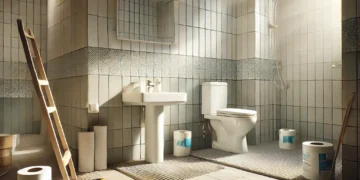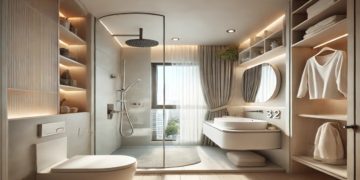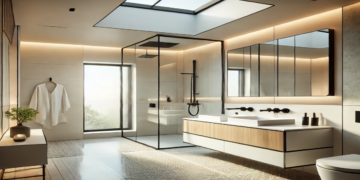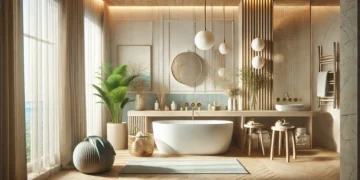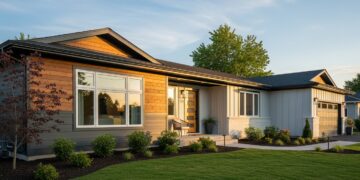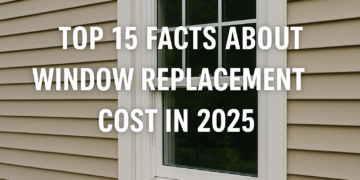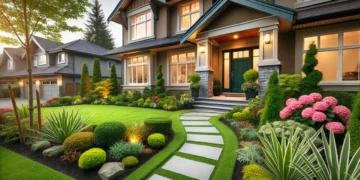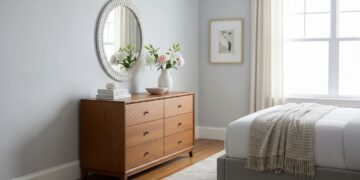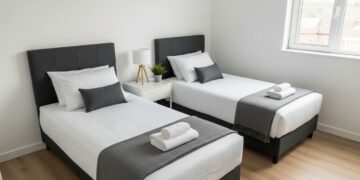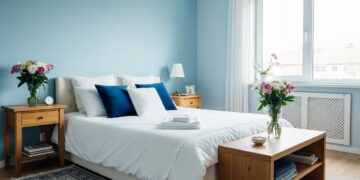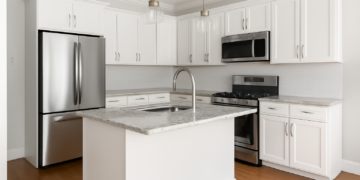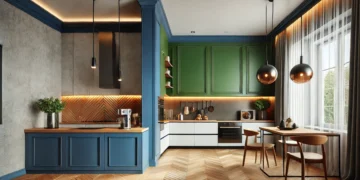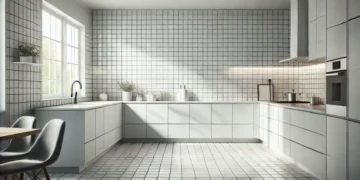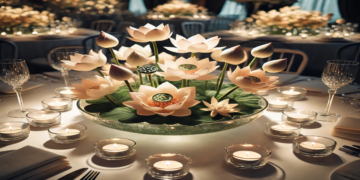A long, narrow living room can feel more like a bowling alley than a cozy retreat. The unique dimensions present specific challenges for furniture arrangement, traffic flow, and creating a balanced, inviting atmosphere. However, with the right approach and clever design strategies, these challenging rooms can become stunning, stylish, and highly functional.
This guide will explore a variety of long living room layout options and narrow living room ideas to help you transform your space into a comfortable area you’ll love. For a broader guide on home arrangements, you can also explore our article on 25 living room layout ideas.
Understanding the Challenges and Goals
Before you begin decorating, it’s crucial to understand the main issues you’re trying to solve. The goal is to create a balanced, functional, and cozy narrow living room that makes the most of the available space, a skill similar to maximizing small living room space effectively.
Section 1: Expert Strategies for Long, Narrow Living Room Layout
The key to a successful living room arrangement for long narrow rooms is to break up the linear shape.
1. Divide the Room into Zones

One of the most effective narrow living room design ideas is to divide the space into distinct zones for different activities. This can include:
- A main seating area for conversation and TV viewing.
- A small workspace or home office near a window.
- A reading nook with a comfortable armchair and a floor lamp.
- A small dining or game table.
Creating zones helps to maximize functionality and makes the space feel more intentional and less like a corridor. Understanding how to create distinct areas is also key to effective small dining room ideas.
2. Float Your Furniture
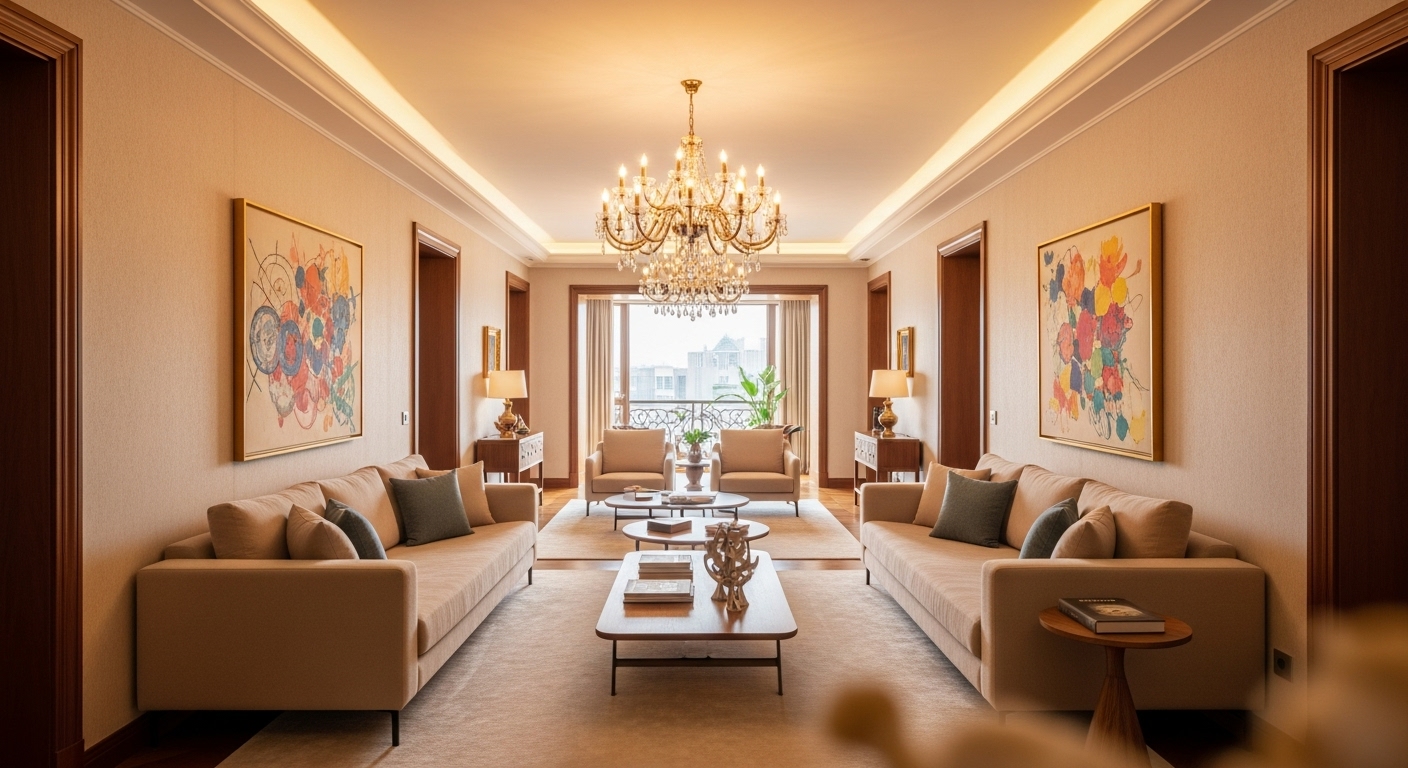
Avoid the common mistake of pushing all your furniture against the walls. This exaggerates the narrowness of the room. Instead, “float” your furniture away from the walls and toward the center of the room. This breaks up the space and creates a more intimate feel.
3. Use a Diagonal Layout
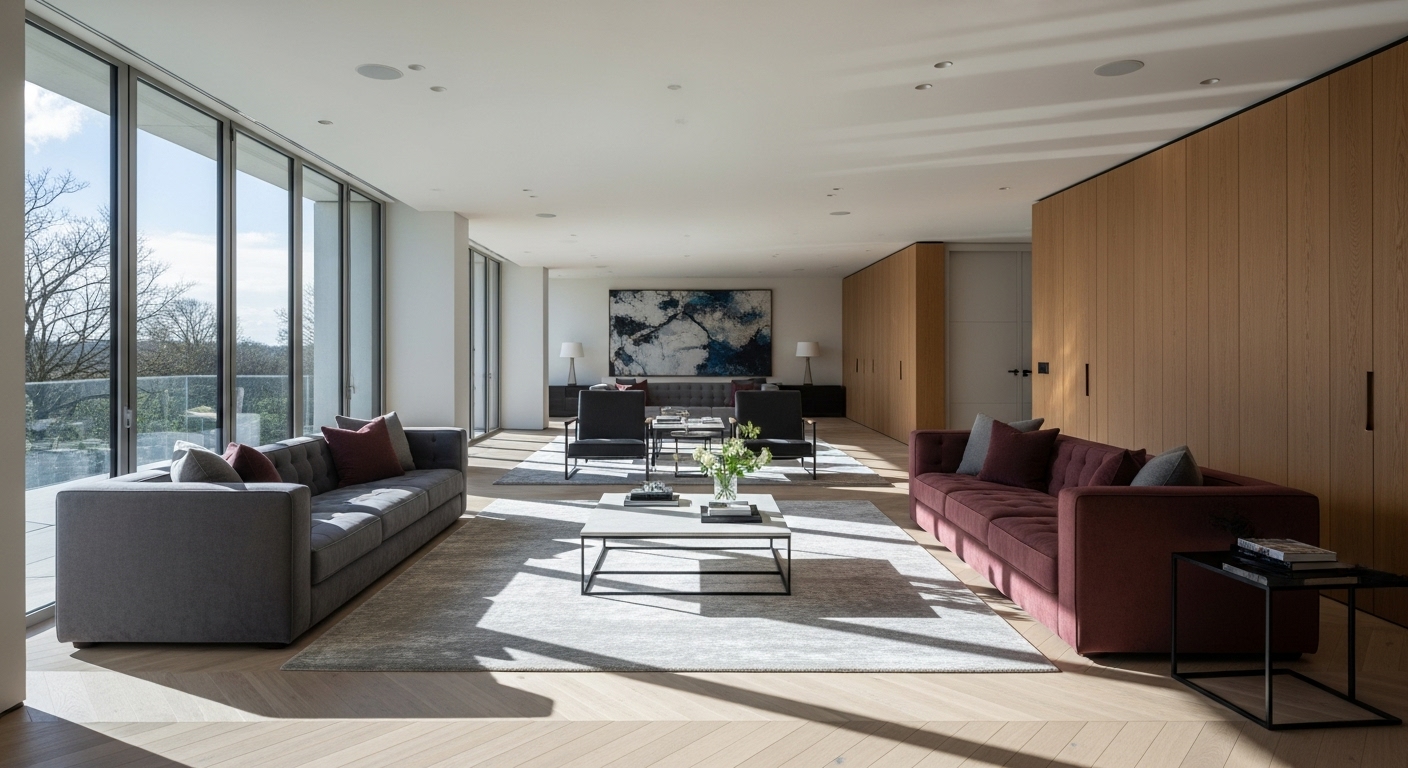
A living room layout for long narrow room can be made more dynamic by arranging furniture on a diagonal. Placing a sofa or area rug at a 45-degree angle draws the eye across the room, creating a sense of movement and making the space feel wider and more organic.
4. Create Multiple Seating Areas
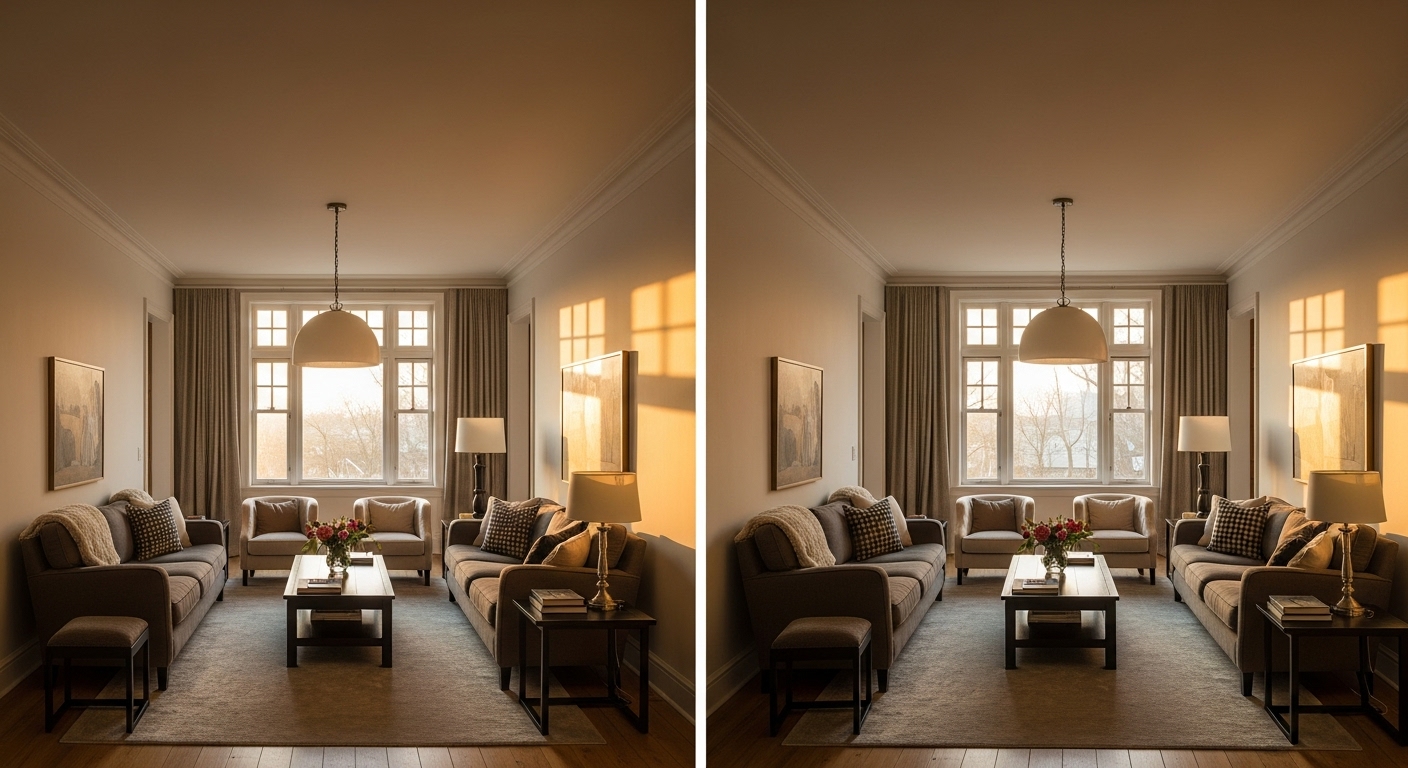
In a very long room, a single seating area can look disconnected. Consider creating two separate seating areas. For example, a main seating area anchored by a sofa, and a secondary seating area with two armchairs and a small side table at the other end. This makes the space more functional and intimate.
Section 2: Visual Tricks to Enhance Your Space
Beyond the long living room layout, clever decor choices can visually transform the space.
5. Use Mirrors Strategically
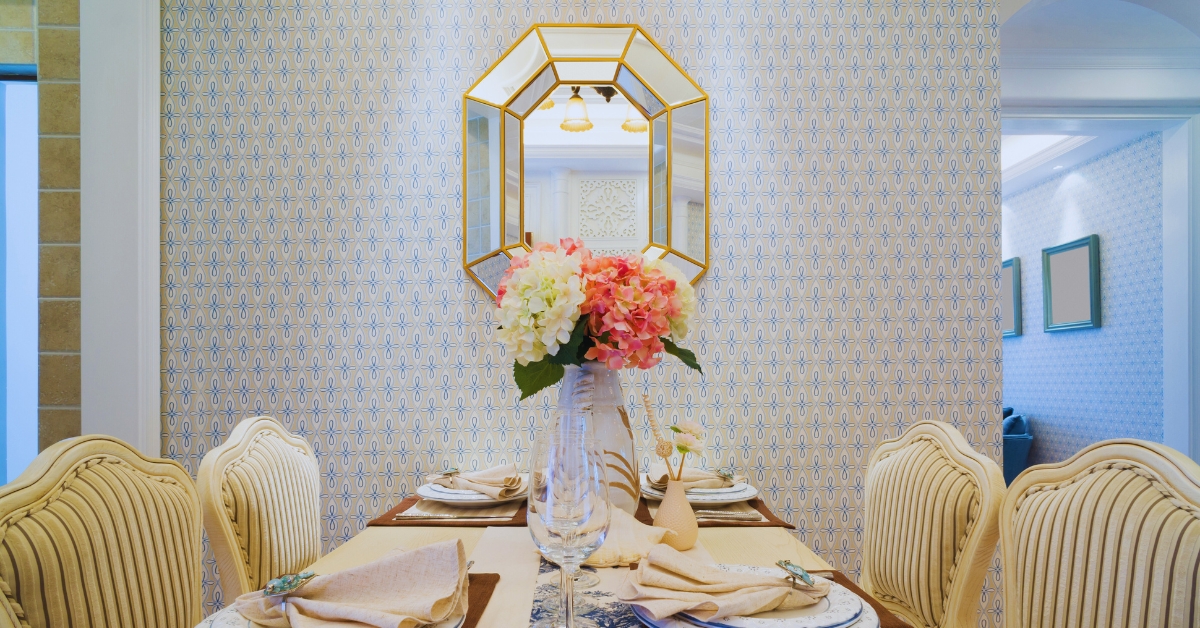
Mirrors are a classic tool for creating the illusion of a larger space. Placing a large mirror on one of the longer walls is a simple yet powerful way to visually widen the room by reflecting light and space.
6. Play with Light
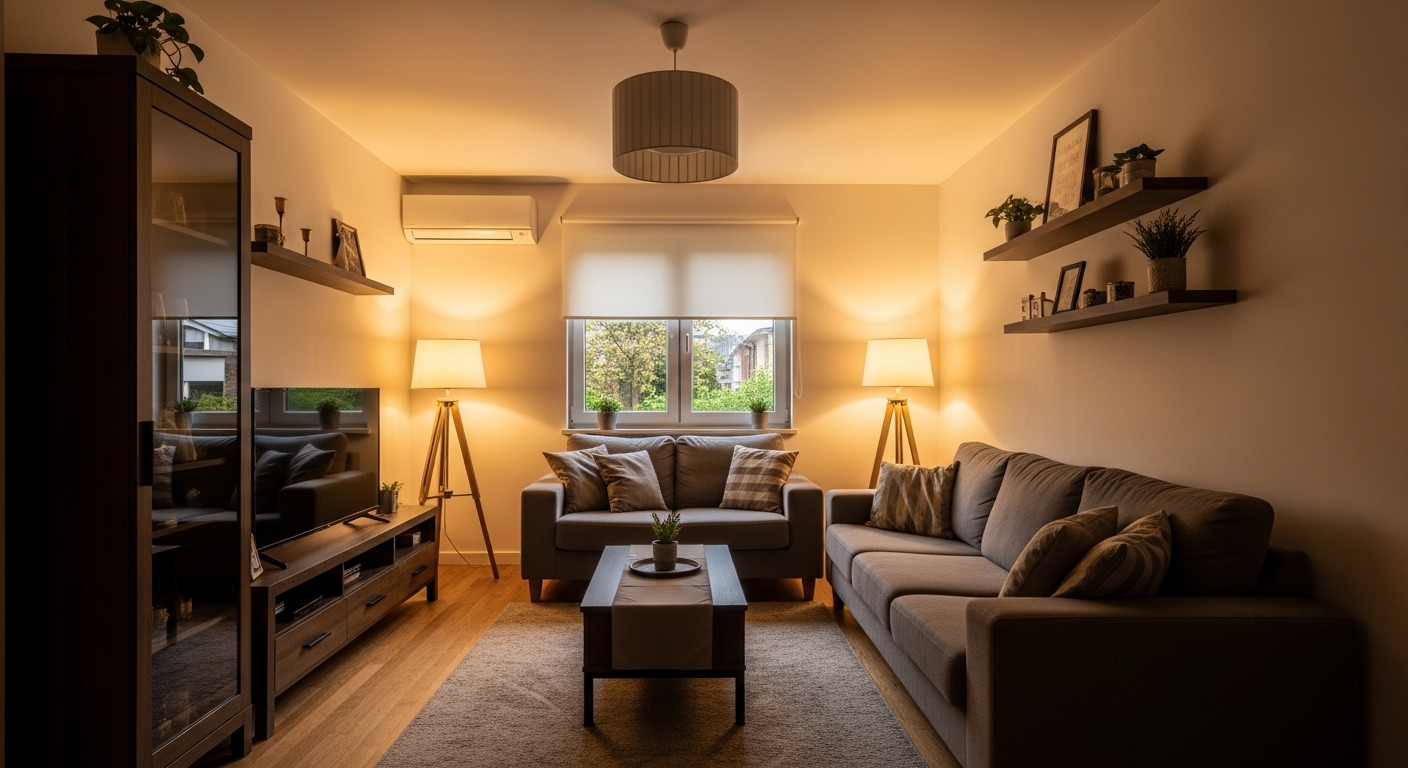
Proper lighting is essential for a beautiful and functional space. Layering different types of lighting—ambient (overhead), task (floor lamps for reading), and accent (spotlights on artwork)—adds depth and warmth. This can make the room feel cozier and more inviting. For more ideas, check out our guide on small bathroom lighting ideas.
7. Choose the Right Color Palette

Light, neutral colors on the walls and floors help a room feel more open and airy. For a living room layout ideas long narrow space, consider painting the far end wall a bolder color. This draws the eye to the end of the room and visually shortens its length.
8. Incorporate Textures and Patterns
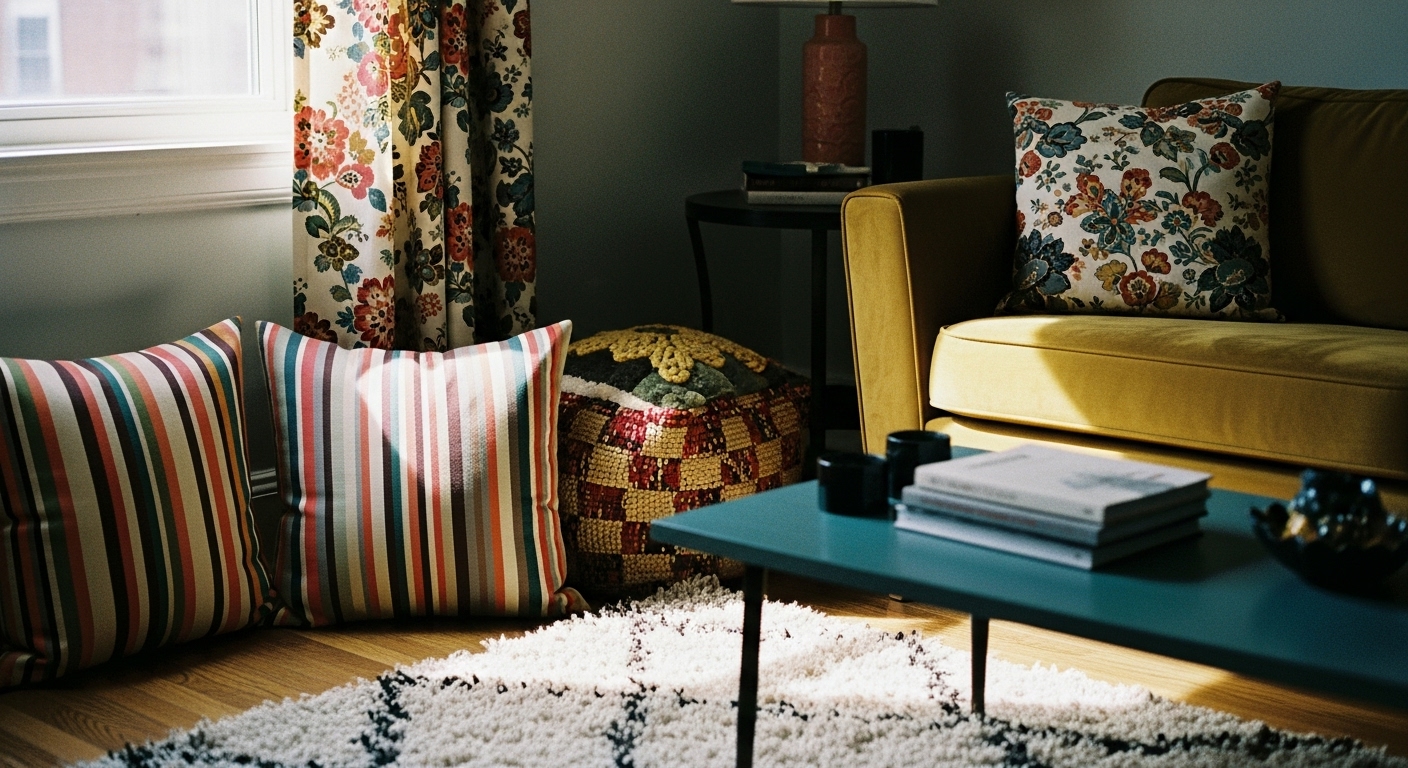
Varying textures through textiles like rugs, curtains, and throw pillows adds visual interest and depth without cluttering the space. A large area rug can also help to define a seating area and anchor the furniture.
9. Use Vertical Elements

Draw the eye upward to make the ceiling feel higher. This can be achieved with floor-to-ceiling curtains, tall bookshelves, or slender floor lamps. These vertical elements add to the perceived spaciousness of the room.
Section 3: Smart Furniture and Decor Choices
The furniture you choose is just as important as the layout.
10. Opt for Right-Sized Furniture
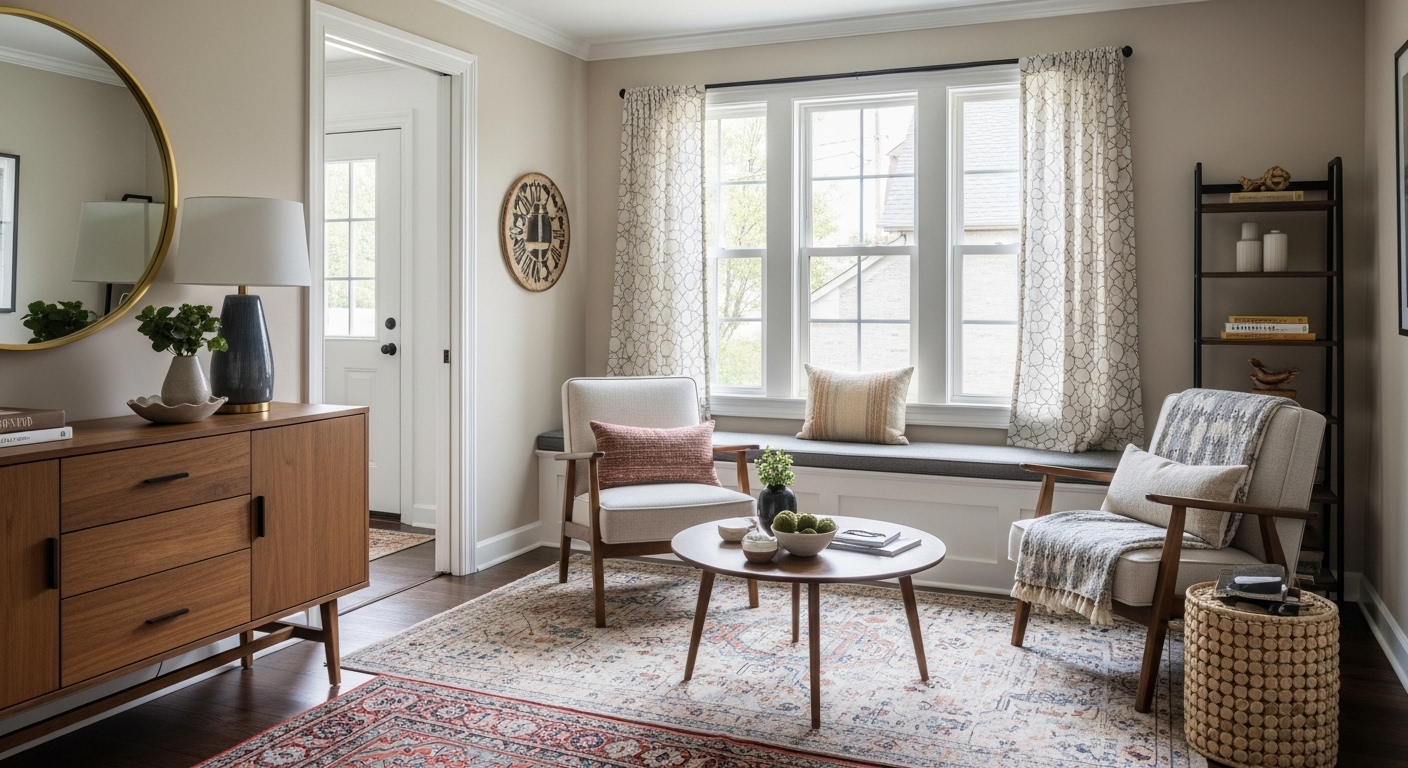
Avoid bulky, oversized furniture. Instead, select sofas and chairs with clean lines and a slim profile. Furniture with exposed legs and open bases creates a sense of airiness. A low-profile sectional can work well, but avoid large, heavy pieces.
11. Go for Multi-Functional Furniture
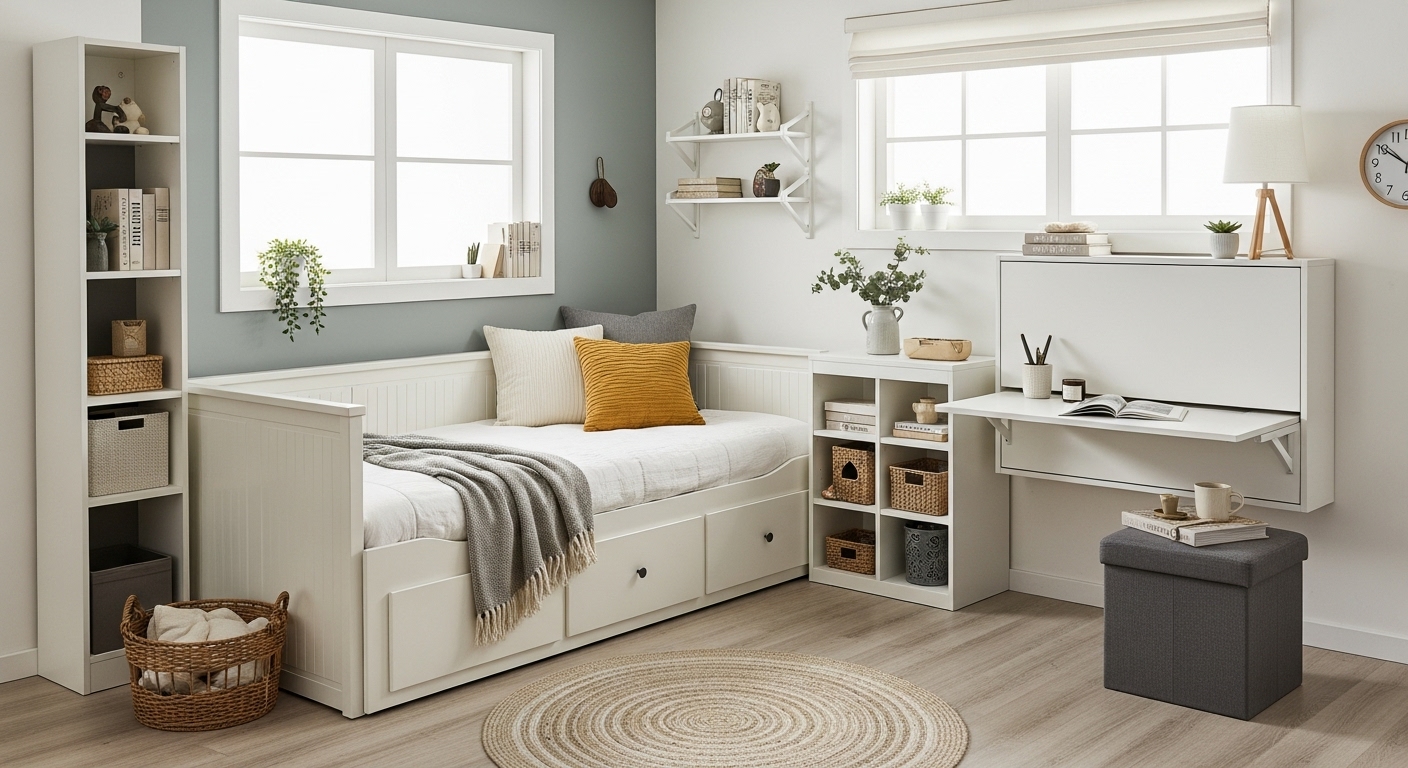
For a long living room layout with limited space, choose pieces that serve more than one purpose. An ottoman with hidden storage or a coffee table with built-in shelves can help keep the space tidy and organized.
12. Incorporate Built-ins
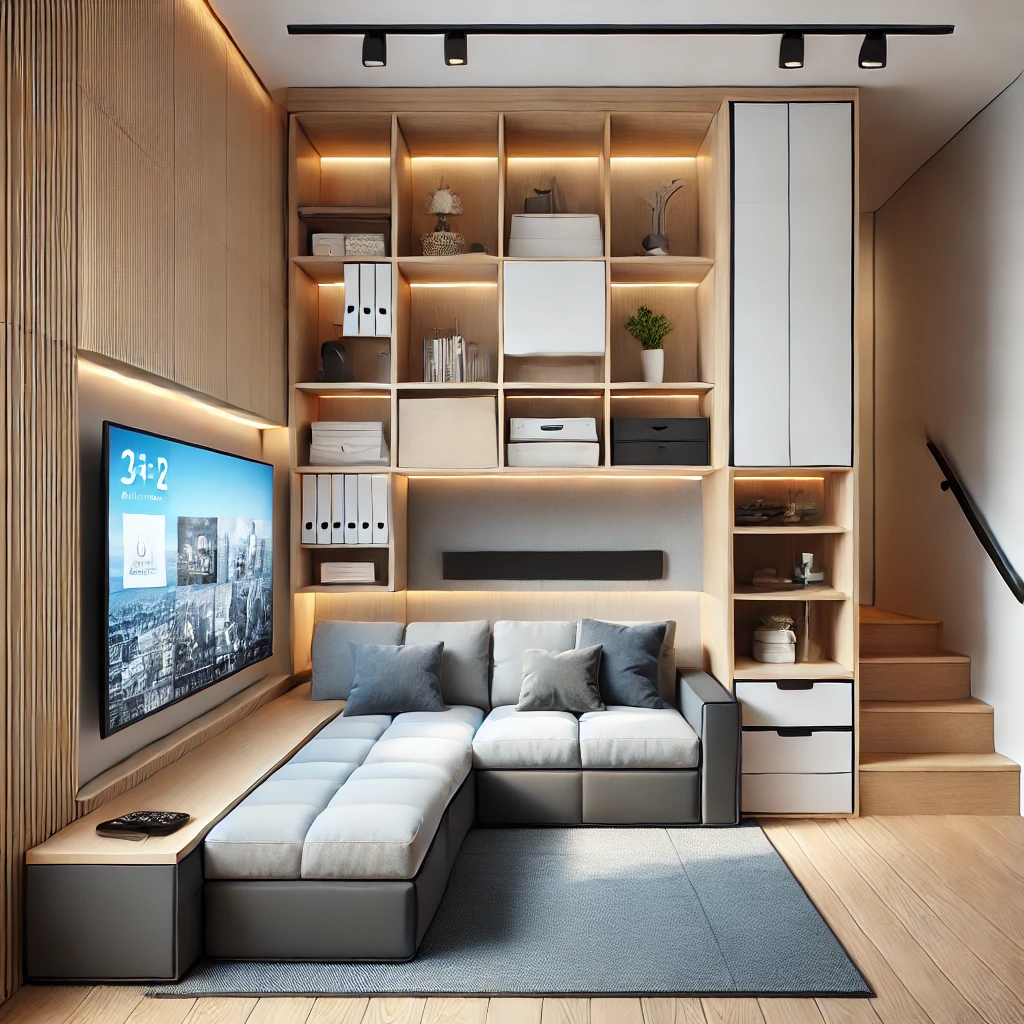
Built-in shelving or cabinets on a longer wall can provide extensive storage without taking up valuable floor space. This is a highly effective way to add both style and functionality.
Common Mistakes to Avoid
- Blocking Pathways: Never block a door or a natural walkway with furniture.
- Ignoring Scale and Proportion: A massive sofa will overwhelm a small room, while tiny furniture will look lost in a large one. Choose pieces that are appropriately scaled to your space.
- Pushing All Furniture Against the Walls: This makes the room feel cold and disconnected.
- Improper Rug Size: An area rug that is too small can make a room feel disjointed. Ensure at least the front legs of your furniture are on the rug.
Conclusion
A challenging room shape is an opportunity for creative design. By using clever living room arrangements for long narrow rooms, combined with strategic decor and smart furniture choices, you can turn a difficult space into a beautiful, functional, and inviting living area.
Remember, the goal is not just to fill the space, but to create a harmonious balance between aesthetics and functionality. Take your time, experiment with different layouts, and personalize the space to make it truly feel like home. This approach to design can be applied to many DIY home decor ideas.
FAQs
Q: How can you make a long, narrow living room look wider?
A: Use light paint colors, place a large mirror on a long wall to reflect light, and arrange furniture away from the walls.
Q: What is the best arrangement of furniture for a long, narrow living room?
A: The best living room arrangement for long narrow rooms is often a zonal layout, where you divide the space into two or three distinct areas for different activities.
Q: How can I add storage to a long, narrow living room?
A: Utilize vertical storage solutions such as tall bookshelves, wall-mounted shelves, or built-in cabinets to maximize storage without taking up floor space.
Q: Which colors are most suitable for a long, narrow living room?
A: Light, neutral colors are excellent for making a room feel more open. You can use a darker or bolder color on a far end wall to visually shorten the space.
Q: How do you create a focal point in a long, narrow living room?
A: One end of the room can be a focal point by which a large piece of art, a fireplace, or a notable piece of furniture can be placed. Staying current on the latest designs for focal points is key to a modern look and helps you stay on top of 2025 interior design trends.


